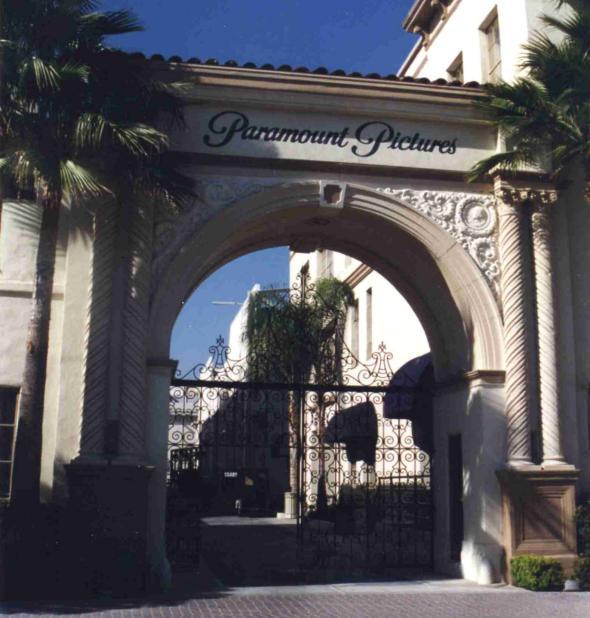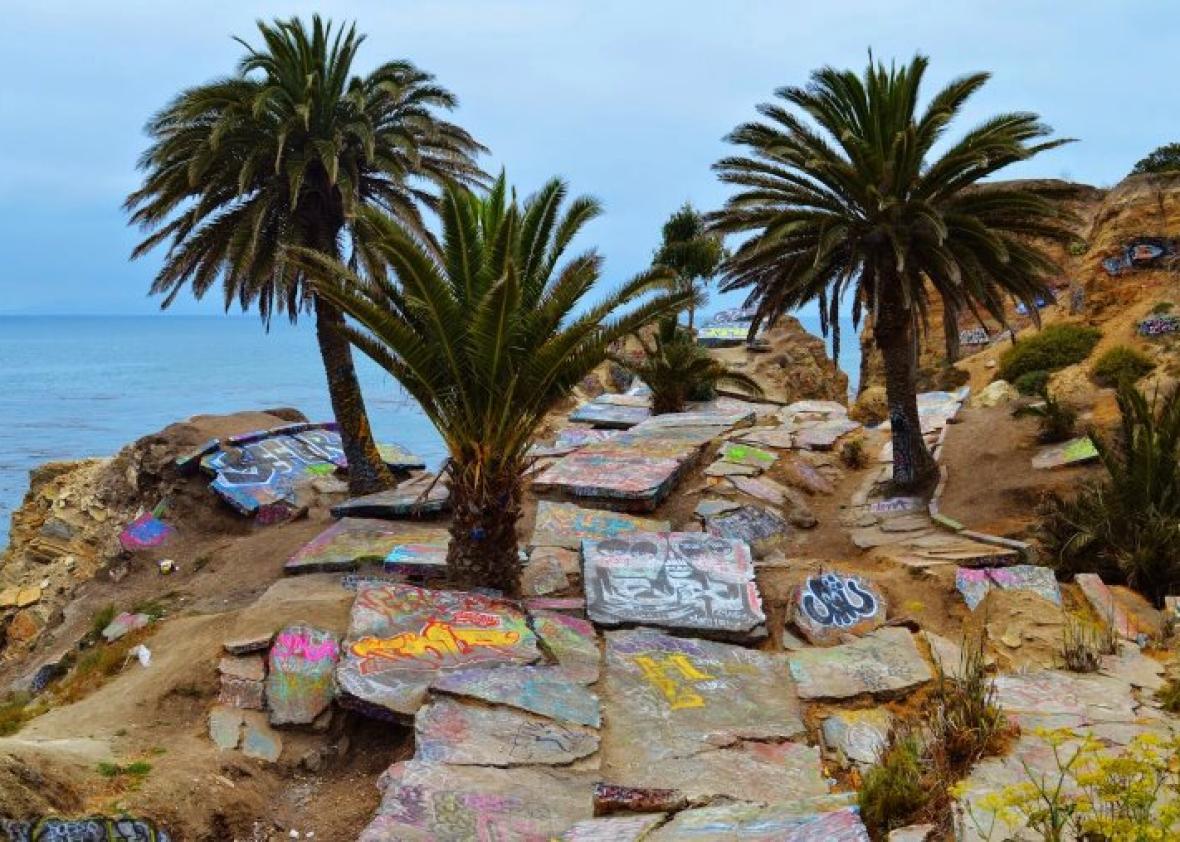These days, it’s not a movie unless it’s a franchise, and it’s not a franchise unless it’s transmedia. So Monday’s Hollywood Reporter story that Ridley Scott is co-producing a film about Hollywood’s Magic Castle makes sense in two ways. First, it’s technically already a film franchise, because it’s the second film about the famous private club for magicians. The first was 1988’s A Night at the Magic Castle, in which the ghost of Harry Houdini supermans around stock helicopter footage of Los Angeles in a vintage flight helmet and not-vintage gray sweatshirt. (The whole film is on YouTube if you’re feeling masochistic.) Second, Scott Free Productions and their co-producers at Radar Pictures are already thinking about other ways to monetize this not-yet-existing movie. They’ll be working with Magic Castle Inc. to franchise the club to other locations around the world.
Which is kind of a shame, really, since there’s nothing as uniquely Los Angeles as the Magic Castle. It’s not even clear how a franchise would work, since the club is invitation-only. But as long as we’re mining Los Angeles’s unique attractions for things to film and then duplicate globally, here are some other good options:
The Museum of Jurassic Technology

Jennifer Bastian/Museum of Jurassic Technology/Wikimedia Commons
The Night at the Museum films have grossed a fortune, but they featured pretty quotidian exhibits coming to life: dinosaurs, cowboys, presidents—Smithsonian stuff, in other words. Imagine how much more interesting a similar film about this Los Angeles institution would be. The exhibits include a gallery of oil paintings of dogs of the Soviet Space Program, the stink ant of the Cameroon, an almond stone carved with “an unusually grim Crucifixion,” and, best of all, dead mice on toast. Families would flock to see it on the big screen, and what town wouldn’t be improved with a dimly lit, sometimes baffling MJT of their own? It’s hard to beat the sales pitch founder David Wilson gave Smithsonian magazine: “A lot of people actually dislike what we do and think we shouldn’t be doing it.”
The Happy Foot/Sad Foot Sign
Is it an advertisement? An omen? A literary touchstone? The only thing certain is that this iconic rotating sign, with a Happy Foot on one side and a Sad Foot on the other, embodies the kind of simple Manichean narrative that spells box office magic. Not that they’re lowbrow: The Happy Foot and Sad Foot have had cameos in works as diverse as the novels of Jonathan Lethem and the novels of David Foster Wallace. There’s already an animated short about them (and a Twitter account!), but there are still so many unanswered questions. Are the Happy Foot and the Sad Foot different feet or the same foot at different times? Why do the Happy and Sad Feet have feet of their own? Are those feet happy or sad? And when it comes to transmedia, there’s really no reason there shouldn’t be a Happy Foot/Sad Foot sign at every crossroads in America, whether there’s a podiatrist there or not.
Paramount Studios

Agnès Contensou/Wikimedia Commons
Has anybody made a movie … about making a movie?
The Los Feliz Murder House
The world has waited breathlessly for a film about this house on Glendower Place since the night of Dec. 6, 1959, when a cardiologist named Harold Perelson went on a ball-peen hammer spree, killing his wife and wounding his eldest daughter before sending the younger kids back to bed and drowning his sorrows in Nembutal. In fact, it’s so film-ready that, according to internet rumors, nothing in the house was moved for years, including unwrapped Christmas presents. While it’s unclear if the rotting furniture that filled the house was the Perelsons’, unfortunately, it was recently cleaned out, so it would have to be redressed before being used as a film location. There’s good news too, though: They emptied it out to sell it. A cool $2.75 million buys you the right to make whatever kind of movie you want there.
And spreading the magic of the Los Feliz Murder House to other cities couldn’t be simpler. Most towns already have a murder house or two, so this is really just a question of building a unified brand. In the rare murder-house-free towns, surely there’s a doctor who could be pushed over the edge.
The Sunken City

ENG459DWDylan&Hannah/Wikimedia Commons.
In 1929, an entire wealthy, exclusive neighborhood in San Pedro fell into the sea in a slow motion landslide, leaving ruined streets and sidewalks behind. A film about it could go one of two ways: a disaster movie about the collapse or a ghost story about the ruins. But the main appeal here is the business opportunity presented by licensing the Sunken City to entrepreneurs the world over: One all-inclusive franchise fee would cover the cost of a bulldozer rental and a map to the rich part of town.
